Resource Centre
Discover a wealth of knowledge and insights from the experts at StarFish Medical. Our Resource Centre offers product development tips, reviews of new and cutting-edge technologies, and in-depth articles on regulatory updates and compliance in medical device development.
-
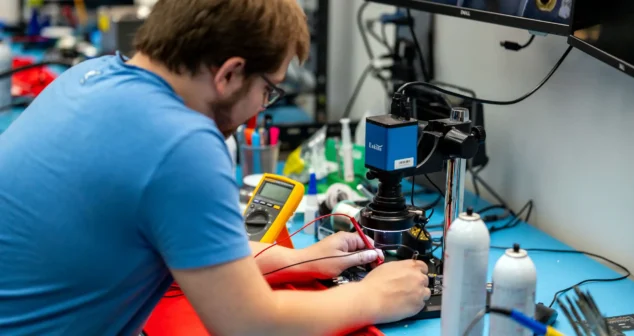
Several design considerations come into play when designing portable medical electronic devices, from performance, to usability, manufacturability and reliability.
-
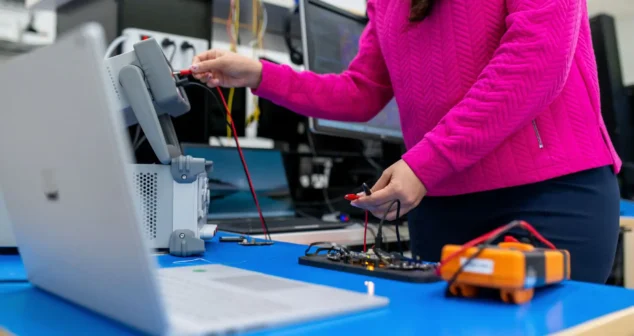
For many medical devices, power stability isn’t just a nice-to-have, it’s mission-critical.
-
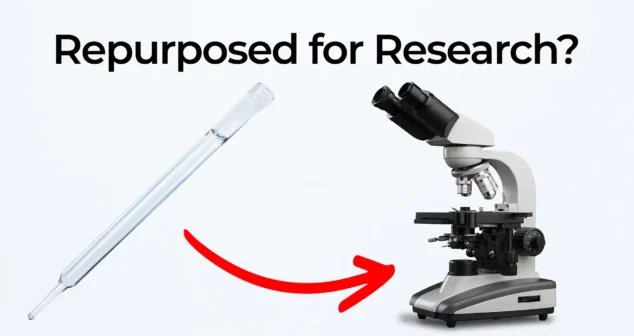
Nick Allan and Nigel Syrotuck discuss device repurposing in research, sharing a story that blends microbiology, animal science, and engineering ingenuity.
-
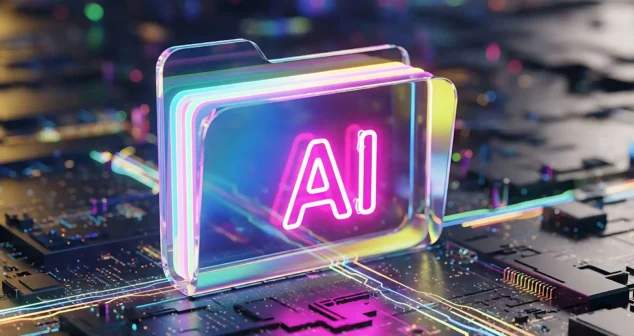
AI is quietly reshaping how hardware teams work. At StarFish, it’s become a versatile collaborator across the product lifecycle from early sketches to prototype validation.
-
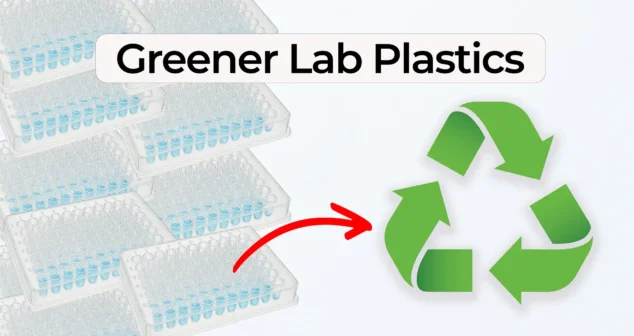
Nick Allan and Nigel Syrotuck explore the massive volume of single-use plastic in labs and discuss a new company working to close the loop through a circular economy approach.
-

Nick Allan and Nigel Syrotuck share what they have been reading lately. From exploring the science of sleep to diving into change management, their picks show how books can spark insight both inside and outside the lab.
-

Nick Allan and Nigel Syrotuck share their end-of-summer reading list, featuring FDA regulatory books and PCR memoirs. From navigating regulatory hurdles to celebrating groundbreaking discoveries, their choices show how science reading can be both educational and entertaining.
-
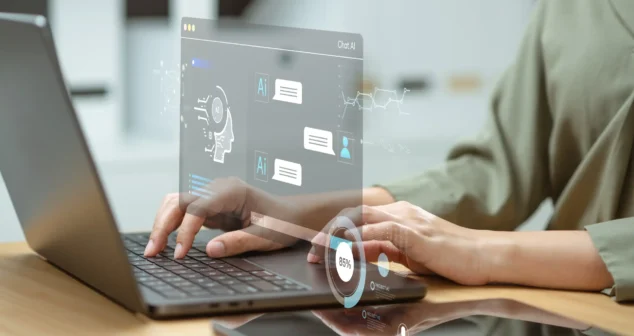
Project managers are on the front lines of rising complexity in medical device development. They sit at the intersection of vendor timelines, regulatory constraints, and engineering realities.
-
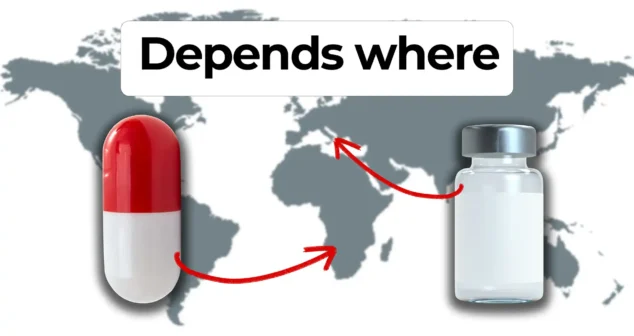
While medical devices often dominate development conversations, the way drugs are delivered across regions can dramatically change how treatments succeed — or fail.